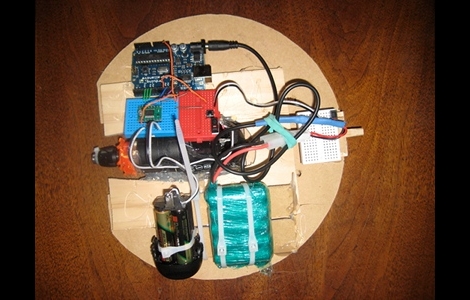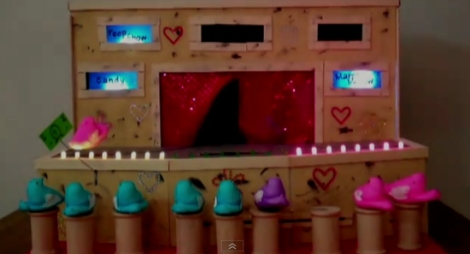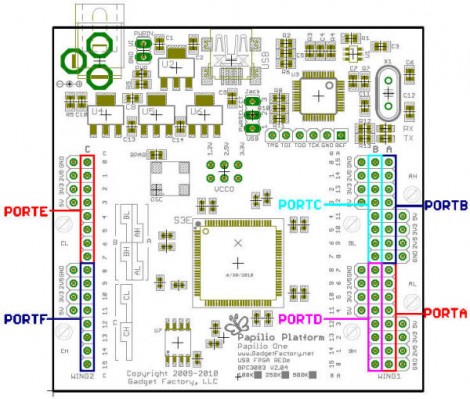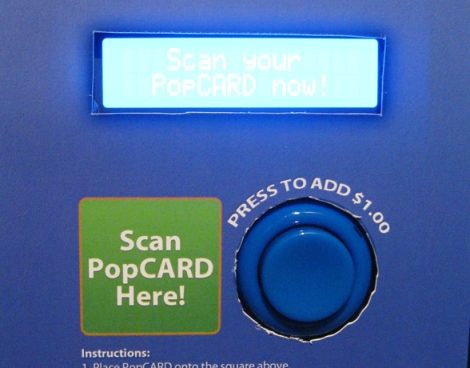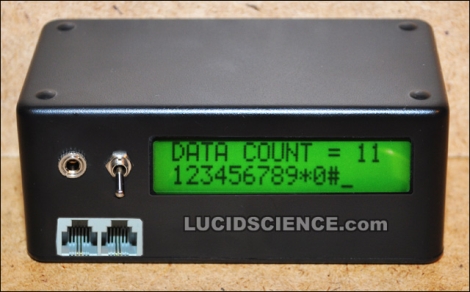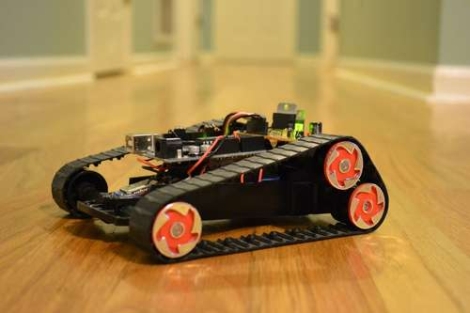
[Boris] from Open Electronics recently wrote us to share their latest creation. Like many of us, he uses DynDNS to keep his home network a FQDN’s reach away. While DynDNS is quite a convenient service, many people don’t like the idea of leaving their computer on all the time to keep the IP updated. That’s where the Arduino DDNS module comes into play.
Built using a standard ATMega328 with the Arduino bootloader installed, the module periodically checks to see if the user’s IP has changed, updating the DynDNS entry as needed. The Arduino talks to the network via a WIZnet Ethernet breakout board, contacting DynDNS’ servers to check and update the user’s IP over a series of standard HTTP requests.
We are aware that several router firmware packages such as DD-WRT have this functionality built-in, but this project makes for a nice alternative when those resources are not available.
As always, a bill of materials, PCB layouts, and Arduino Sketch code are all available for download over at the Open Electronics site.

